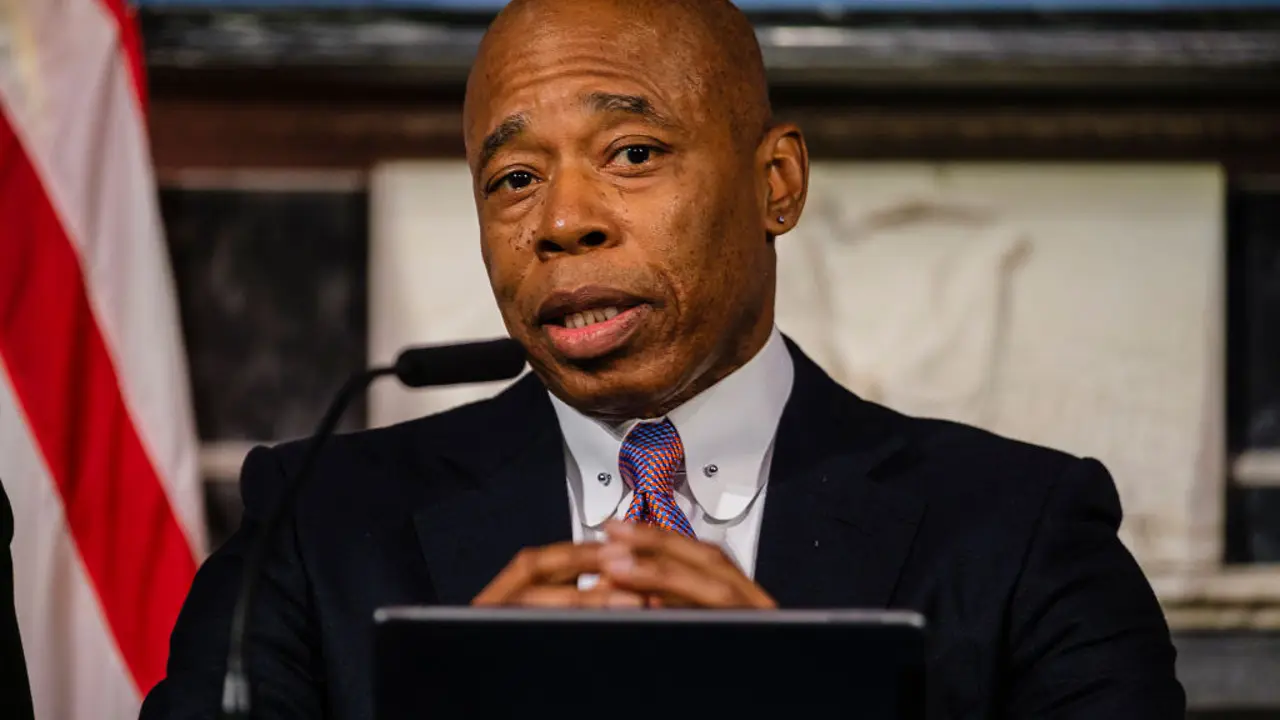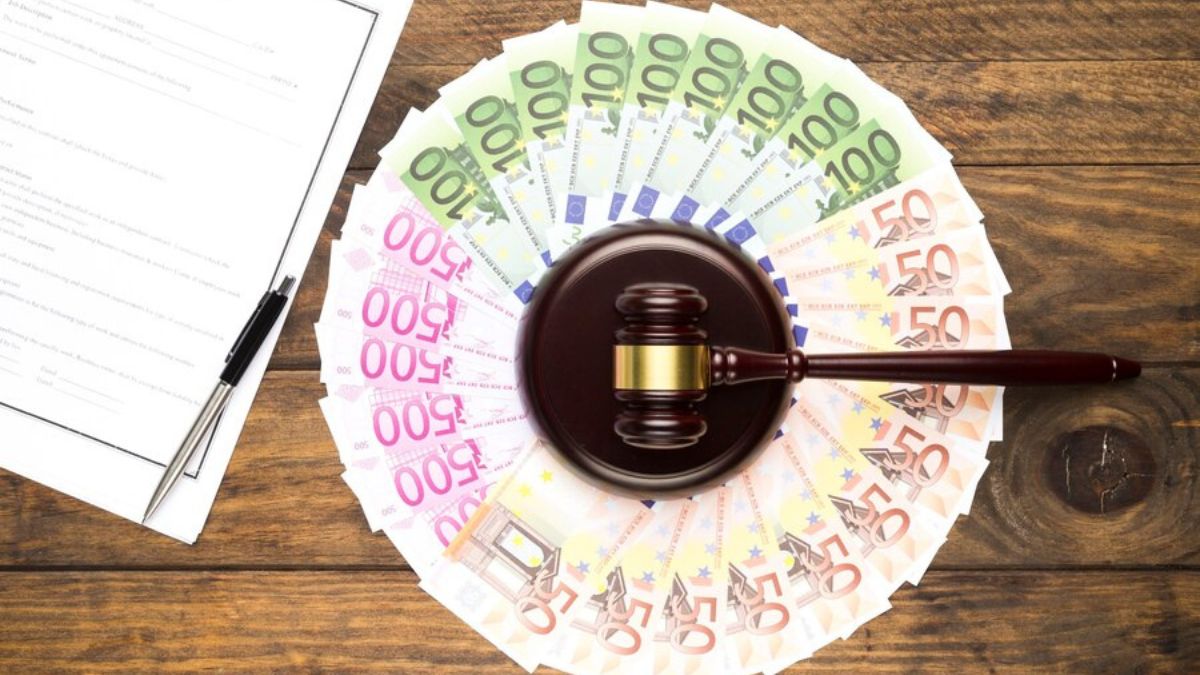In a bustling metropolis like New York City, the challenges of governance can often become overwhelming, necessitating swift and decisive action. Recently, the NYC Mayor issued emergency order, a move that reflects the urgency and gravity of certain situations facing the city. This article will delve into the reasons behind such emergency orders, their implications, and how they impact residents, businesses, and the city’s overall functionality.
What Constitutes an Emergency Order?
An emergency order is a directive issued by the Mayor to address a significant threat to public safety, health, or welfare. Under New York State Executive Law, the Mayor has the authority to declare an emergency and implement measures aimed at mitigating its impact. These orders can address a range of issues, including public health crises, natural disasters, and civil unrest.
Characteristics of Emergency Orders
- Immediate Action: Emergency orders are designed for rapid implementation, allowing the city to respond without the usual bureaucratic delays.
- Temporary Nature: Most emergency orders are temporary, enacted for the duration of the crisis and subject to review and modification as needed.
- Public Safety Focus: The primary goal of these orders is to protect the health and safety of the public, ensuring that necessary resources are allocated swiftly.
- Community Coordination: Many emergency orders involve partnerships with local organizations and agencies to provide comprehensive support during crises.
Recent Instances of Emergency Orders in NYC
Public Health Emergencies
One of the most notable recent events prompting the NYC Mayor to issue emergency order was the COVID-19 pandemic. The city faced unprecedented challenges as it worked to contain the virus’s spread and protect public health. Several key measures included:
- Vaccination Requirements: The Mayor mandated vaccinations for specific groups, including city workers and individuals seeking entry into certain venues. This decision was crucial in curbing virus transmission and protecting vulnerable populations.
- Mask Mandates: During surges in COVID-19 cases, the Mayor issued orders requiring masks in public indoor spaces. These mandates were aimed at reducing transmission and safeguarding public health.
These health-related emergency orders were instrumental in managing the pandemic’s impact on the city.
Natural Disaster Responses
New York City is no stranger to natural disasters, such as hurricanes and severe storms. The Mayor’s office has issued emergency orders to prepare for and respond to these events. For instance:
- Hurricane Preparedness: In anticipation of Hurricane Ida in 2021, the Mayor declared an emergency, which included activating evacuation plans and securing resources for affected neighborhoods.
- Flood Management: After severe flooding events, emergency orders were put in place to mobilize city resources for cleanup and recovery efforts, ensuring that residents received the necessary assistance.
The nyc mayor issues emergency order during these disasters enables a swift and organized response, helping to minimize damage and protect lives.
Civil Unrest and Public Safety
Emergency orders have also been employed in response to civil unrest and public safety concerns. In recent years, the city has seen protests and demonstrations that sometimes escalated into violence. In these situations, the Mayor may take actions such as:
- Implementing Curfews: To restore order during periods of unrest, the Mayor can impose curfews in affected areas. This action aims to prevent further violence and ensure public safety.
- Increasing Police Presence: Emergency orders may authorize the deployment of additional law enforcement personnel to maintain peace and security during high-tension events.
The use of emergency orders in these contexts underscores the importance of maintaining public order while balancing civil liberties.
The Broader Implications of Emergency Orders
Community Engagement and Compliance
The effectiveness of any emergency order largely hinges on community engagement and compliance. During the pandemic, for example, the success of vaccination and mask mandates depended on residents’ willingness to cooperate. The Mayor’s office often collaborates with community organizations to disseminate information and encourage compliance, reinforcing the idea that public health is a collective responsibility.
Economic Considerations
Emergency orders can have profound economic implications. For instance, capacity limits imposed on restaurants and entertainment venues during the pandemic affected their bottom lines, leading to layoffs and business closures. However, the swift actions taken by the Mayor also aimed to prevent further economic downturns by ensuring public safety, which ultimately fosters a more stable economic environment.
Conversely, emergency orders related to disaster recovery may lead to increased funding and investment in infrastructure improvements, benefiting the city’s long-term economic prospects.
Legal and Ethical Challenges
The broad powers granted to the Mayor to issue emergency orders often raise legal and ethical questions. Residents may express concerns over individual rights and freedoms when mandates are perceived as overly restrictive. Balancing public safety with personal liberties is a complex issue that requires careful consideration and transparent communication from the Mayor’s office.
Long-Term Policy Changes
Emergency orders can also prompt long-term changes in city policies and infrastructure. Lessons learned from crises often lead to reforms aimed at better preparedness for future emergencies. For example, the pandemic highlighted the need for enhanced public health infrastructure, which may inform future investments and policies.
Case Studies of Emergency Orders in NYC
Hurricane Sandy
One of the most significant emergency orders in NYC history was in response to Hurricane Sandy in 2012. The Mayor declared a state of emergency, which included mandatory evacuations in low-lying areas, activating emergency response teams, and coordinating with local agencies to provide aid. The aftermath of Sandy prompted long-term changes in the city’s approach to disaster preparedness, including improved infrastructure and emergency response protocols.
The COVID-19 Pandemic
During the COVID-19 pandemic, the NYC Mayor issued emergency orders that fundamentally altered daily life in the city. From lockdowns to vaccination mandates, these orders were crucial in managing the public health crisis. The Mayor’s decisions during this period underscored the importance of decisive leadership in times of uncertainty, paving the way for a gradual return to normalcy as conditions improved.
Conclusion
The NYC Mayor issuing emergency orders is a critical component of the city’s governance, enabling swift responses to a variety of crises. Whether addressing public health emergencies, natural disasters, or civil unrest, these orders serve to protect the health and safety of residents while navigating the complex landscape of urban management.
Understanding the context and implications of emergency orders helps residents appreciate the necessity of these measures, fostering a more informed and engaged community. As New York City continues to face various challenges, the Mayor’s ability to issue and implement emergency orders will remain an essential aspect of effective governance. By prioritizing public safety and health, the Mayor’s office can navigate the complexities of city management, ultimately leading to a stronger, more resilient New York City.










